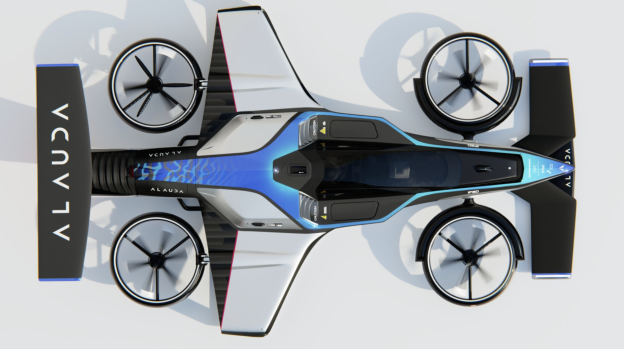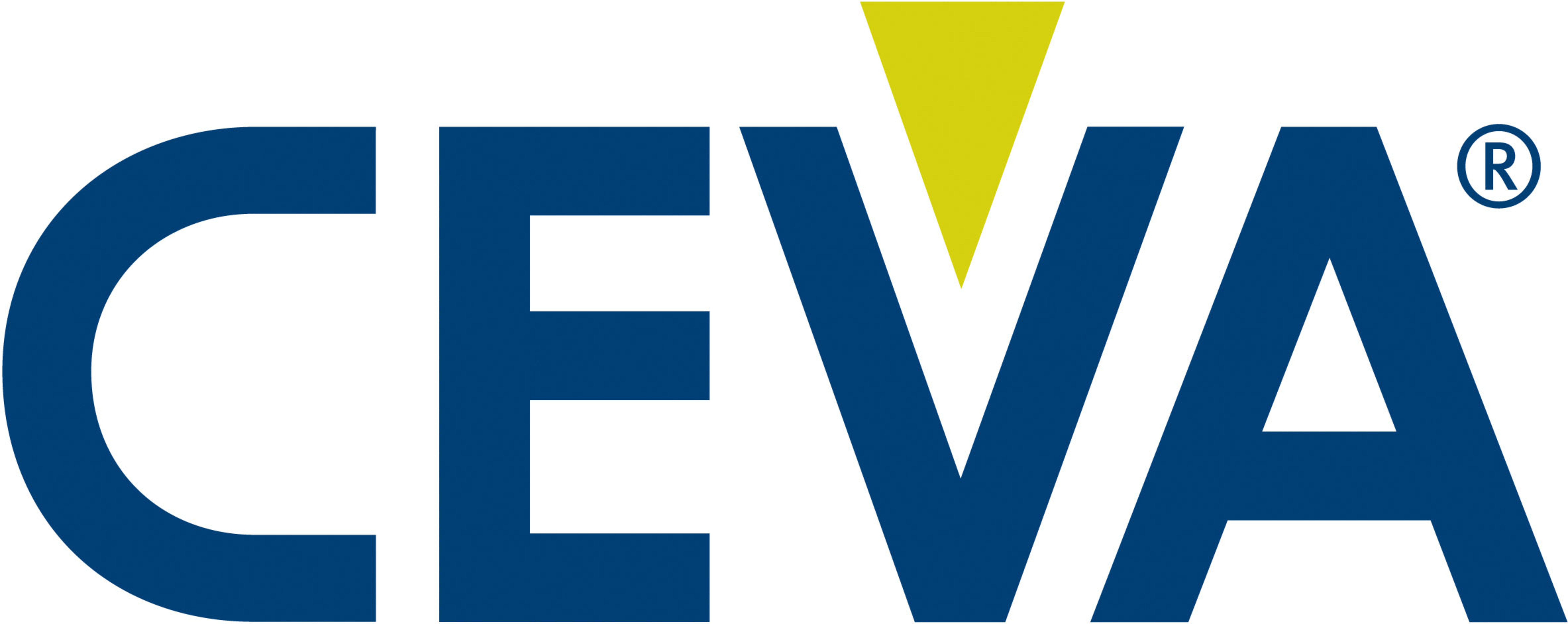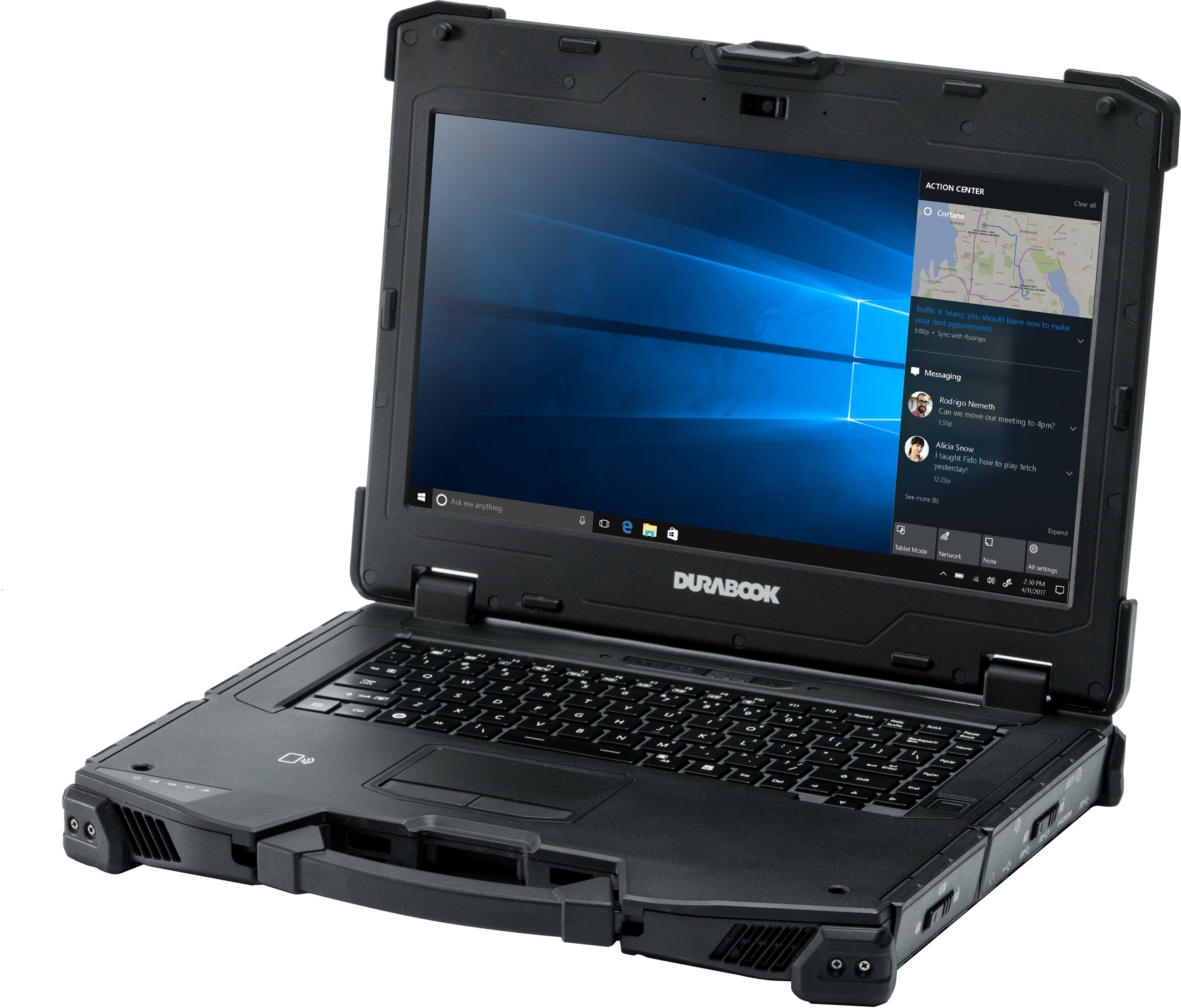WORLD’S FIRST CREWED FLYING RACING CAR READY FOR THE AIRSPEEDER RACING SERIES

- Alauda Aeronautics unveils the Airspeeder Mk4 – the first crewed version of its flying racing car
- Airspeeder Mk4 is the world’s fastest electric vertical take-off and landing (eVTOL) aircraft, with a top speed of 360 kph (225 mph)
- Powered by Thunderstrike Hydrogen Turbogenerator, which offers exceptional range of 300 km (188 miles)
- Artificial Intelligence Gimballed Thrust technology produces handling qualities of a Formula 1 car or a fighter jet
- Flight testing underway in South Australia; first crewed races scheduled for 2024
- The Airspeeder Mk4 is due to be publicly unveiled at the Southstart innovation festival on 7th March 2023
- Team entries now open for Airspeeder crewed racing series

“We, and the world, are ready for crewed flying car racing. We have built the vehicles, developed the sport, secured the venues, attracted the sponsors and technical partners. Now is the time for the world’s most progressive, innovative and ambitious automotive brands, OEM manufacturers and motorsport teams to be part of a truly revolutionary new motorsport. In unveiling the crewed Airspeeder Mk4 we show the vehicles that will battle it out in blade-to-blade racing crewed by the most highly-skilled pilots in their fields.” – Matt Pearson, CEO, Alauda Aeronautics
Alauda Aeronautics is seeking OEM partners to join it in a motorsport revolution, as it unveils the Airspeeder Mk4 – the world’s first, and fastest, crewed flying car.
Designed and built in Adelaide, South Australia, the Airspeeder Mk4 is the world’s fastest electric Vertical Take-Off and Landing (eVTOL) aircraft. Capable of reaching a top speed of 360 kph (225 mph) in just 30 seconds from a standing start, it’s designed to set the bar for performance and technology in the radical new sport of piloted Airspeeder racing.
With its sophisticated electric propulsion system, advanced aerodynamics and a take-off weight (MTOW) of just 950 kg, the Airspeeder Mk4 is also extremely efficient, with a projected range of 300 km (188 miles) while producing near-zero emissions.
The new aircraft is a development of the remotely-piloted Mk3, which has successfully completed more than 350+ test flights and took part in two Airspeeder demonstration races in South Australia in 2022.
BORN TO RACE, INSPIRED BY SPACE
Like all Airspeeders, the Mk4 is intended primarily for racing, so is designed for maximum agility at high speeds and low altitudes. Two technologies inspired by the space industry give the vehicle its unprecedented speed, manoeuvrability and range.
THUNDERSTRIKE HYDROGEN TURBOGENERATOR
The Airspeeder Mk4 is powered by a 1,000 kW (1,340 horsepower) turbogenerator that feeds power to the batteries and motors. Specifically designed for use in eVTOLs, this revolutionary technology allows green hydrogen to be used as fuel, providing safe, reliable and sustainable power over long distances and flight times. The Mk4 has a projected range of over 300 km (188 miles).
Alauda Aeronautics’ demonstrator ‘Thunderstrike’ engine incorporates a unique combustor made using 3D printing techniques developed in the space industry for rocket engines. The combustor’s design keeps the hydrogen flame temperature relatively low, greatly reducing nitrous oxide (NOx) emissions.
Hydrogen is an ideal fuel for future aviation, and specifically personal urban air travel. It has a high energy density and can be stored in a lightweight, compact form, making it suitable for small aircraft; it’s also non-toxic and produces no emissions except pure water, so it doesn’t cause air pollution. Further to this, because hydrogen gas is lighter than air, it will simply rise and disperse into the atmosphere in the event of a leak, reducing the risk of fire or explosion.
As well as taking the existing eVTOL industry into the next-generation H2eVTOL era, this technology has the potential to significantly reduce emissions and create a sustainable future for individual air travel.
AI GIMBALLED THRUST
Most eVTOLs steer using tilt-rotors, which are simply positioned vertically for take-off and landing and horizontally while cruising. In contrast, the Mk4 manoeuvres using a unique gimballed thrust system, whereby an Artificial Intelligence (AI) flight controller individually adjusts four rotor pairs mounted on lightweight 3D printed gimbals. This makes the Mk4 not only fast in a straight line, but also able to manoeuvre with the incredible precision essential in close-action racing. In fact, it handles less like a multicopter and more like a jet fighter or Formula 1 racing car.
FLIGHT TESTS BEGIN
Alauda Aerospace plans to begin flight testing the Mk4 chassis and powertrain, including the first crewed flights of the airframe, in the first quarter of 2023. The aircraft will be ready to take the start line at the Airspeeder Racing Championship in 2024.
A GRAND VISION
The Airspeeder racing series has a massive international fanbase and attracts the world’s top pilots. But it’s more than just a spectacular show of speed and skill. It’s also a testing-ground for sustainable green propulsion systems, with the potential to change how we all travel in future.
Alauda Aeronautics is already looking beyond racing to a world where private flying cars are a daily reality, and a viable means of urban transport. Its team of engineers and designers, drawn from companies including Airbus, Boeing, Ferrari, MagniX and McLaren, are confident its technologies could make air travel faster, more efficient, more environmentally friendly and more accessible than ever before.
Matt Pearson, CEO, Alauda Aeronauticssays, “You will see these technologies on the racetrack. However, eVTOLs are already a trillion-dollar industry and we see a very substantial market for private flying cars emerging in the near future. In conventional aerospace, there are about as many private jets as there are commercial jets in operation. We believe it could be the same with flying cars one day, with a roughly similar number of commercial taxis and private cars initially. Once we can sell you a flying car for the same price as a Tesla, you’ll quickly see the balance shift. Today, private cars outnumber taxis by about 300 to one, so the potential for people to own and drive their own flying car one day is absolutely enormous. It’s a very exciting time.”
For more information about the Alauda Airspeeder Mk4 and the upcoming Airspeeder Racing Championship, visit the Airspeeder website at www.airspeeder.com.
ACCELERATING THE DEVELOPMENT OF A MOBILITY REVOLUTION:
Airspeeder is built on the philosophy that nothing accelerates technical progress like sporting competition. The next generation sport plays the same role the pioneers of Formula One did nearly a century ago in driving technical development and building public acceptance for a new mobility revolution. The eVTOL sector is primed to transform urban aerial transport, global logistics and even remote medical transport with a clean-air, zero emissions aerial transport solution.
ABOUT THE FOUNDER: MATT PEARSON
Matt Pearson is the founder and visionary behind Alauda and Airspeeder. Together with a team of engineers, designers and commercial minds spanning Australia, New York and London, he is accelerating the development of electric flying vehicles through the white heat of sporting competition.
Beyond his role as a defining voice in the future of mobility, Matt is driving the rapidly expanding Industrial Internet of Things space through his work at Fleet. From their base in South Australia millions of devices are powered via Low Earth Orbit through a growing network of nano satellites.





